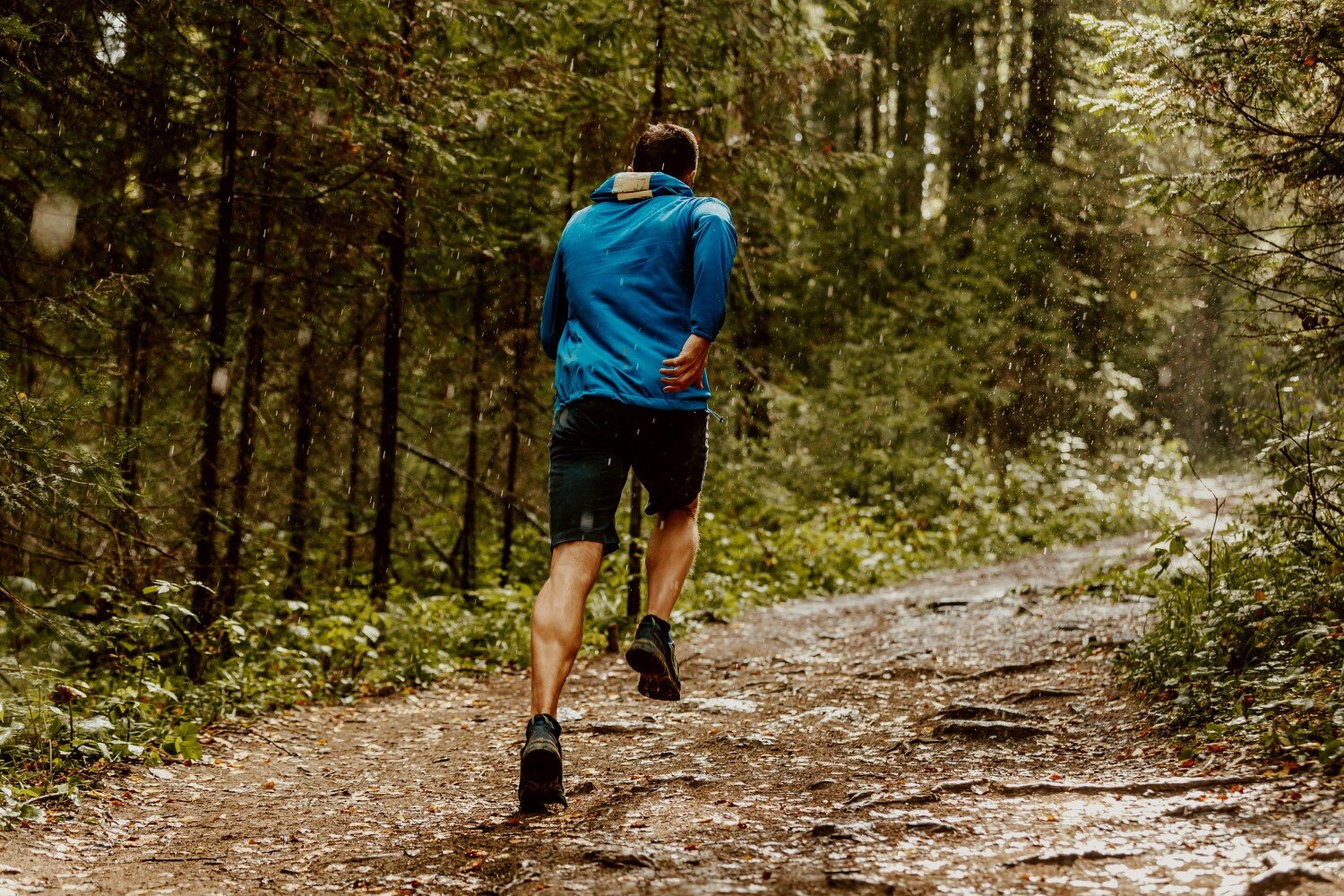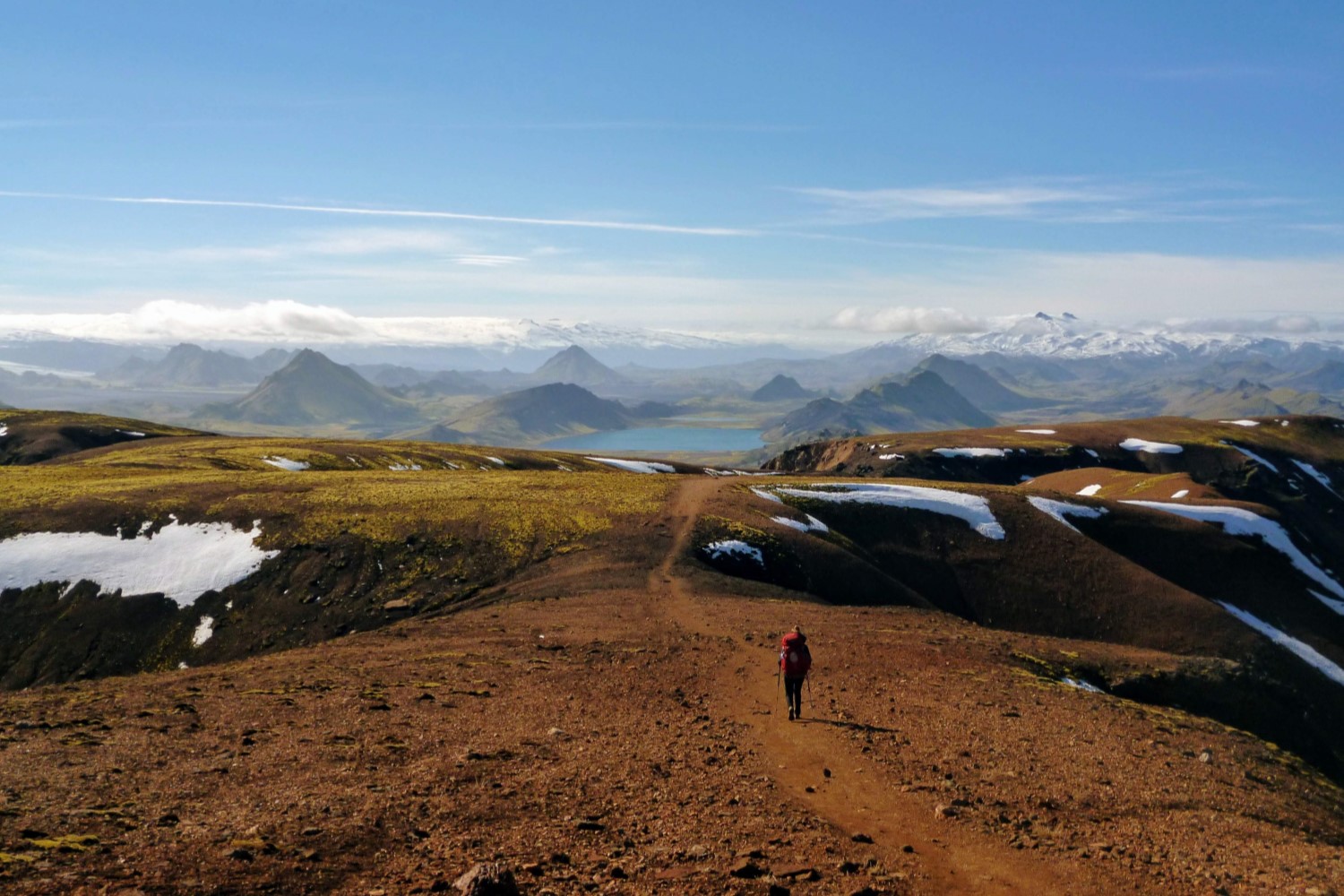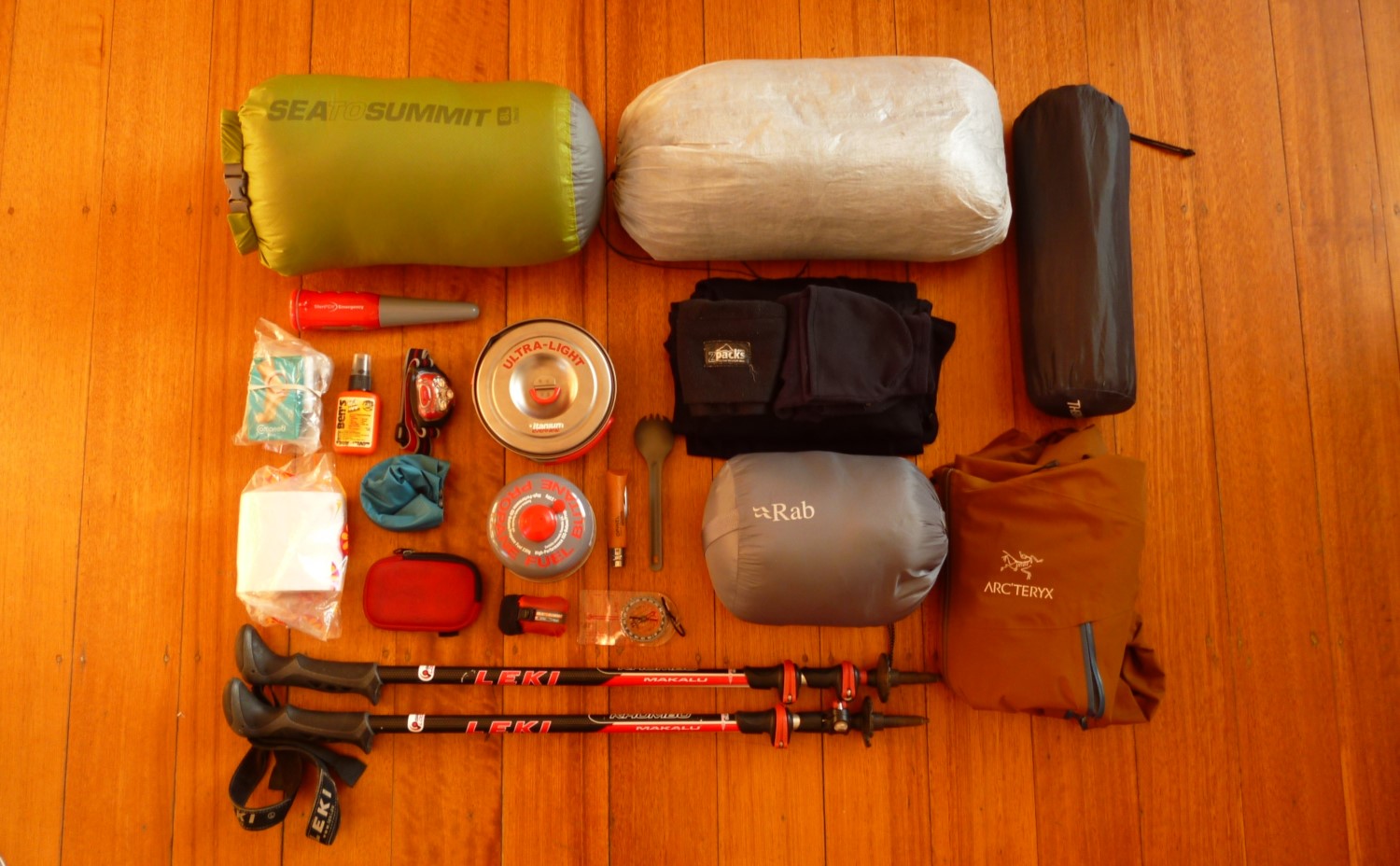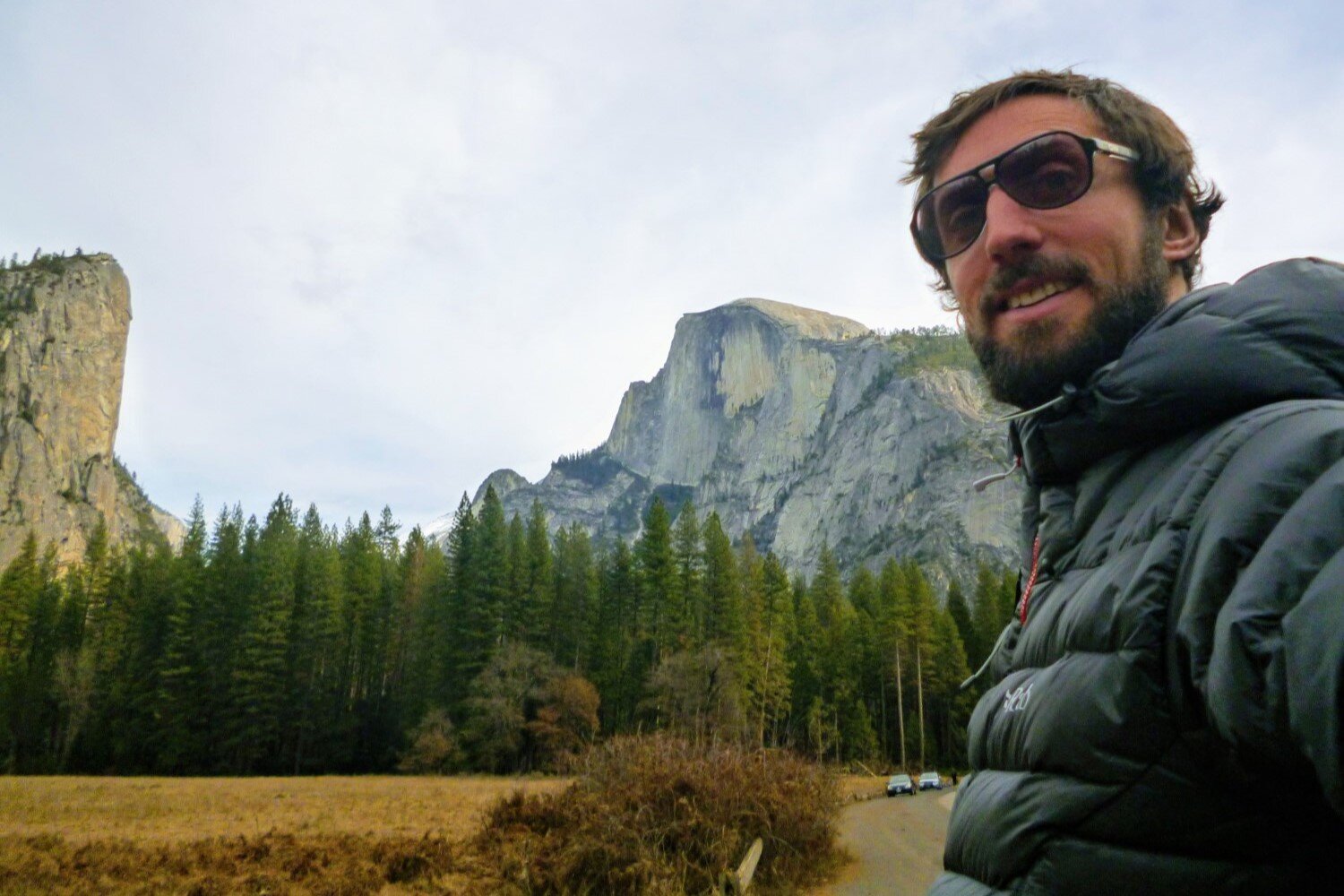Best Running Rain Jackets of 2023
JUMP TO: ARC’TERYX NORVAN SL / SALOMON BONATTI PRO / ON RUNNING WEATHER / RAB PACER / PATAGONIA STORM RACER / TNF FLIGHT JACKET / BROOKS CARBONITE / COLUMBIA OUTDRY EX LIGHTWEIGHT / BUYING ADVICE
Author: Alecsa Stewart
The Short Version:
Best Overall: Arc’teryx Norvan SL Hoody
Best Classic Name: Salomon Bonatti Pro Waterproof
Best for Style: On Running Weather Jacket
Best for Mountain Running: Rab Pacer Jacket
Best for Ultra Races: Patagonia Storm Racer
Best for Breathability: The North Face Flight Jacket
Best for Visibility: Brooks Carbonite
Best on a Mid-Range Budget: Columbia (Montrail) OutDry Ex Lightweight Shell Jacket
The Long Version:
Just taken up running on trails further away from home? Seasoned mountain ultra-runner?
Either way, you’ll likely feel the same about running in the rain — it’s a challenge!
But having the right kit can make an uncomfortable task that little bit easier.
The best running rain jackets feel lightweight and breathable, while keeping you dry. You also need some easy access to key pockets, or enough room to throw your jacket on over a running vest if you’re out for a longer run. At the same time, you’ll be looking for a jacket that doesn’t blow around behind you, gathering cold air or – worse – letting the rain in.
If this sounds like an impossible task… it’s because it is! The quest for the best running rain jacket is one of the classic conundrums for runners – looking to have the best product for all conditions.
You may find that you need to make compromises between a race jacket that meets requirements but is really too lightweight to handle a severe downpour, and a sturdier jacket that will keep you dry when the heavens open but takes up a lot of room in your pack.
In this review, I look at the best waterproof jackets for runners, covering everything from shorter training sessions close to home, up to longer days out on the trail. I’ve included options ranging from the ultralight but still race-acceptable, to heavier options that provide added durability and peace of mind when the storm rolls in.
Can’t decide which category you fall into? Opt for more than one rain jacket in your running wardrobe and adapt to the seasons!
If you enjoy reading this review of the best running rain jackets, then you'll likely love some of our other gear review pages:
Need To Know What To Look Out For?
Jackets just seem to get more and more technical every year. Don’t let those manufacturers just bamboozle you with their technical jargon and multitude of features! Be sure to check out our buying advice at the bottom of the page.
Best Overall: ARC’TERYX NORVAN SL HOODY
WEIGHT: 4.2 oz / 120 grams
POCKETS: None
PACKABLE: Into small stuff sack
PROS: Comfortable, lightweight, packs small
CONS: No pockets, zipper not fully waterproof
PRICE: $$$
The Norvan SL Hoody (men’s and women’s) is the flagship trail running jacket from Arc’teryx. It is a great piece of kit for rainy runs, combing novel Gore-Tex technology with a stylish look and feel.
The Norvan SL Hoody uses Gore-Tex’s new ShakeDry technology – which essentially discards the usual face fabric found on waterproof clothing. Instead of using a 3-layer material consisting of an inner layer, a waterproof membrane, and a face fabric, the ShakeDry just uses the first two (an inner layer and a waterproof membrane). Dropping the face fabric provides significant weight savings and superior breathability.
But of course it must come with a sacrifice – and it does. Without the face fabric, durability is significantly reduced and therefore it is not recommended to wear the jacket with a heavy pack since the rubbing will cause damage to the membrane and waterproofing will deteriorate rapidly.
But if you will only be wearing a lightweight running vest, or using the jacket on shorter runs where you won’t be carrying additional gear, then the Norvan SL Hoody is an epic choice due to it being an ultralight, highly breathable, fully waterproof layer.
To achieve its minimal weight the Norvan SL also skimps on features. You won’t find pockets on the jacket, nor pit zips, and the hood is simply elasticated and lacks any major adjustments (it does however have a rear vertical tension adjustment).
Thanks to the breathable fabric, this jacket is great for running in most weather conditions as long as you have appropriate layers underneath in winter (although, a special mention goes to the Arc’Teryx Norvan SL Insulated Hoody for a cold winter run).
For an ultra race where you might be carrying a heavier pack the Norvan SL Hoody might not be ideal. But for a shorter trail run or runs closer to home where additional gear and excess features aren’t a must, the Norvan SL Hoody is nearly unbeatable.
Best Classic Name: SALOMON BONATTI PRO WATERPROOF
WEIGHT: 6.8 oz / 194 grams
POCKETS: External zippered chest
PACKABLE: Into chest pocket
PROS: Lightweight, nice and easy to pack, household name amongst runners
CONS: Not really for adverse conditions
PRICE: $$
There are few names as famous in trail and mountain running as Salomon. The French brand have dominated trail running for years and their Bonatti line of waterproof performance clothing for ultra-runners was eagerly awaited when it launched.
The Salomon Bonatti Pro Waterproof uses a 2.5 layer Pertex Shield body that delivers reasonable wind and rain protection in a fairly lightweight package. . The Pertex Shield should protect you in a moderate rain shower, but won’t be as bombproof (in terms of durability or waterproofing) as a proper 3-layer hardshell or almost any Gore-Tex fabric.
Nonetheless, the Bonatti Pro can be an excellent jacket to pack for a race, especially a long ultra with a lot of mandatory kit, as it packs efficiently into its own chest pocket and takes up very little room. In fact, Salomon have designed it with long-distance running in mind, having included additional room at the back to allow you to wear the jacket over a running vest.
Given its lightweight design, we would recommend it for running in summer and fall, however we wouldn’t recommend it for a winter run unless you are combining it with additional layers.
But what the Bonatti Pro lacks in warmth it makes up for in style: color options aside, it has a nice, slim fit and relatively long sleeves. So it’s easy to see why it has become such classic on the trail.
Best for Style: ON RUNNING WEATHER JACKET
WEIGHT: 9.8 oz / 278 grams
POCKETS: External zippered chest
PACKABLE: Into chest pocket
PROS: Stylish, water-resistant zipper, good hood
CONS: Design doesn’t work with a running vest, a little heavier
PRICE: $$
On Running make some excellent running apparel. They have an eye for style, and it shows once again with the On Running Weather Jacket (men’s and women’s).
The Weather Jacket comes in some funky (like good funky) color combinations and the slim cut and overall appearance make this waterproof jacket almost one that you could wear into town.
The stylish Swiss brand have invested in high-quality Japanese fabric for this jacket and have added some great features like completely waterproof pockets with water-resistant zippers, which many running jackets seem to lack. The hood on this jacket also works great, fitting comfortably and providing adequate protection without making you sweat too much.
On Running are constantly evolving their apparel and this is one of the best new running jackets from them, although it does sacrifice functionality for style.
While focusing on style, On Running have made some sacrifices in functionality. At least for the long distance or mountain runner. The cut may look cool, but I don’t see this jacket fitting well with a running vest, or when you want to carry essentials on a longer trail run.
It is also slightly heavier than the more performance focused jackets on this list. Nonetheless, it is a great jacket for running in town or when you want to impress your mates at the running club.
Best for Mountain Running: RAB PACER JACKET
WEIGHT: 8.4 oz / 240 grams
POCKETS: External zippered chest
PACKABLE: Into stuff sack
PROS: Slim fit, adjustable hood and hem, great waterproof and windproof protection
CONS: A bit bulky for racing
PRICE: $$$
Rab are famous for their mountain outerwear and for good reason. Their down jackets are an absolute joy to wear, and the same is true for the Rab Pacer Jacket too.
The Pacer isn’t their lightest jacket for running -- that award goes to the Rab Phantom. But the Pacer is made from a proper 3-layer Gore-Tex Active fabric, meaning it hits the right spot in terms of waterproofing, breathability, and weight for any runner who might need true rain protection. It’s therefore better suited for mountain running or longer days out, where inadequate protection might be a serious concern.
The Pacer is also solid on features. It includes an elasticated hood that fits snuggly due to a single rear adjustment at the back. When secured, the hood is sufficient toprotect your ears from howling winds. The chest pocket works well for storing small items. There is elasticated cuffs, a drawcord adjustable drop tail hem, waterproof zippers (with chin guard), and permanent venting under the armpits..
It will likely be a step too far for casual runners around town, both in terms of performance and functionality. It is also perhaps a bit bulky for a trail race. But for serious days in the mountains, the Rab Pacer might just be perfect.
Best for Ultra Races: PATAGONIA STORM RACER
WEIGHT: 7.0 oz / 198 grams
POCKETS: N/A
PACKABLE: Integrated stuff sack in hood
PROS: Innovative design with added breathability, great resistance to the elements
CONS: No pockets, sizing can be a bit odd
PRICE: $$
The Patagonia Storm Racer (men’s and women’s) may look like an unusual running jacket because of its unique fastening system, but it’s actually ideal for quickly pulling over your running vest 50 miles into a 100-miler when the heavens open.
The unique design – with its double zipper on the front – is designed to layer over a vest or small pack and provide easy front access to your water bottles, if required.
With the Storm Racer, Patagonia have built a product that is targeted squarely at the ultrarunning and mountain running niche. And by doing so they have created a novel and innovative garment that combines high quality waterproofing with some neat features that will delight ultrarunners.
Made using a fully waterproof 3-layer material (Patagonia’s own H2No Performance Standard shell fabric), with a durable water repellent (DWR) finish, fully taped seams and waterproof zippers, the Storm Racer is built to carry you through a… well, storm. It can take you through the most awful weather conditions, which is a bonus if you’re out in a self-supported ultra race covering more than one night in the mountains.
Thanks to its slightly heavier material, it will also keep you warmer than an ultralight shell. And because it is designed to go over your bag or your other layers, you can use it in pretty much all types of weather. And despite the double zipper, the Storm Racer packs into an integrated stuff sack in its hood and you will find room in your race vest without sacrificing too much space.
The only issue with the Storm Racer is its lacks some features that might be considered standard on other rain jackets. The most obvious being the absence of any pockets. Of course, that shouldn’t be an issue in an ultra race where you’re carrying extra kit in your race vest and the vest is accessible. However it is a bit of a downside for shorter runs or runs in town and therefore might limit the versatility of the jacket.
If you’re training for a 100-miler and think you can get used to the novel double zippers, then the Patagonia Storm Racer will be a great investment.
Best for Breathability: THE NORTH FACE FLIGHT JACKET
WEIGHT: 8.5 oz / 240 grams
POCKETS: Rear zippered pocket
PACKABLE: Into rear pocket
PROS: Very lightweight, breathable, good water and wind protection, reflective strips and logo
CONS: Not warm
PRICE: $$
The Flight Series (men’s and women’s) from The North Face is all about lightweight, packable, and breathable water protection that can use in warmer, less adverse weather conditions.
For fast runners or runners looking to head out with minimal kit, this jacket provides water and wind protection, whilst trying to provide as much breathability as feasibly possible. After all, no rain jacket is going to allow your body temp to regulate entirely during active pursuits like running. But this jacket does a pretty decent job at breathing, even without additional venting (there are not pit zips). The Futurelight fabric is also kind of soft and stretchy and doesn’t have that crinkly feeling common to most waterproof layers.
The hood is elasticated and adjustable via a rear drawcord, with a minimal brim. The cuffs are elasticated, and the hem includes an adjustable drawcord. These little features help to keep you dry and relatively warm in strong winds, too. The design also features reflective strips and logo, which are handy for running in the city at night.
There is some minimalism in terms of features – for example there are no hand pockets, but just a single zippered pocket on the rear (which doubles as a storage pouch for the jacket itself).
While I wouldn’t recommend the Flight Jacket for an ultra race, or especially not for a mountain race with rapidly changing conditions, it does make for a wonderful training jacket for runs closer to home or in less adverse conditions.
Best for Visibility: BROOKS CARBONITE
WEIGHT: Not specified
POCKETS: Two zippered hand pockets
PACKABLE: No
PROS: Lightweight, great visibility
CONS: Not waterproof, only water resistant
PRICE: $
The Brooks Carbonite (men’s and women’s) is the sort of jacket you’d throw on for a quick run close to home, where road safety might be paramount but you’re not too worried about getting caught in a downpour.
The Carbonite is just water resistant, not waterproof, and it doesn’t feature a hood at all. This means that it isn’t even close to being suitable for serious weather, but it will do a decent job of getting you home dry in a drizzle.
The reason the Carbonite makes our list is that its high-vis design, two zippered hand pockets, and lack of a hood make it a simple option for running in town close to home. Of course, compared to the majority of other jackets on this list, the Carbonite provides far less weather protection and is perhaps the least designed for wilder or more remote conditions.
You can however rely on the Brooks Carbonite for wind and light rain protection during spring and fall runs, whilst also being confident that oncoming traffic will know exactly where it is you’re doing your interval training.
Best on a Mid-Range Budget: COLUMBIA (MONTRAIL) OUTDRY EX LIGHTWEIGHT SHELL JACKET
WEIGHT: Not specified
POCKETS: External zippered chest
PACKABLE: Into chest pocket
PROS: Lightweight, vented, fits snuggly, elasticated cuffs
CONS: Might be too tight for some
PRICE: $
It is always tempting to have the absolute best – and if that is what you are after then it is almost certainly found elsewhere on this list. But if you want a solid performer, with a less severe price tag, then the Columbia OutDry Ex Lightweight Shell Jacket (men’s and women’s) offers an excellent compromise.
The jacket is covered in reflective detailing – which might be a strength or a weakness depending on your needs and style preferences. It also includes a big Montrail branding down the right hand sleeve, which probably could have been left off in the design stages. But these are minor complaints that don’t relate to its performance as a rain jacket.
The snug fit may mean you need to buy a size up, and could be a drawback for longer races since you’ll be forced to stop and take off your running vest and wear it on top of the jacket. But it does include a number of useful features. These include a stowable hood, a zippered chest pocket, an adjustable drop tail hem, elasticated cuffs, and open vents along the back. The hood is a bit lame in that it has zero adjustments, which might be something to factor in depending on your use case.
All in all though, the Columbia OutDry Ex Lightweight offers a decent degree of water and wind protection, and does so at a lower price point that most of the other running rain jackets on our list. Ok, it’s not best in class, but it will do a solid job for those on a mid-range budget.
BUYING ADVICE FOR RUNNING RAIN JACKETS
2 vs 2.5 vs 3-layers
Most high quality rain jackets use either a 2.5 or 3 layer material.
3-layer materials are the most durable, consisting of a face fabric, a waterproof membrane, and an inner layer for against your skin. The face fabric protects the waterproof membrane from abrasion, whilst the inner layer protects the waterproof membrane from the body sweat and oils that would otherwise clog it.
2.5-layer materials drop the inner layer, and instead use a laminate or coating on the inside of the waterproof membrane. This still protects the waterproof membrane from body oils but is lighter than having a full inner layer. The upside of the 2.5 layer approach is that the jacket can be lighter, whilst still retaining breathability and waterproofing. The downside is that it is less durable, and can also feel a bit “clammy” against your skin.
Occasionally, other materials are used – for example the Arc’teryx Norvan SL uses a 2-layer material that only has an inner layer and a waterproof membrane. That is, not face fabric at all. Novel materials like these are quite performance-specific – e.g. they are seriously lightweight, but the lack of a face fabric means both durability and object contact with the jacket surface are things to consider.
Most running rain jackets will therefore sit somewhere in the middle – that usually means a 2.5 layer. This provides a reasonable compromise between weight, durability, and weatherproofing. However if weatherproofing and durability are most important – for example you are on a multi-day ultra-race! – then consider going with a more substantial 3-layer material. Whereas if weight is the most important then perhaps consider something niche and ultralight like the Arc’teryx Norvan SL.
Materials
Most high-quality running rain jackets use Gore-Tex fabrics, since they offer good breathability and reliable water protection. There are different types of Gore-Tex fabrics ranging from more durable 3-layer fabrics like the Gore-Tex Active found on the Rab Pacer, down to 2-layer fabrics like the Gore-Tex ShakeDry used on the Arc’teryx Norvan SL.
However, Gore-Tex isn’t the only player in the market. For example, the Salomon Bonatti Pro uses a 2.5 layer Pertex Shield – another widely used waterproof material – and Patagonia use their own H2No material. Both are evidence that a high quality running rain jacket need not use Gore-Tex to be a solid performer.
Two jackets in our list – the On Running Weather Jacket and the Brooks Carbonite – opt for fabrics that prioritise breathability, but sacrifice a degree of waterproofing.
Ultra-race waterproofing
Some ultra-running races with very strict kit requirements, such as the Ultra-Trail du Mont Blanc, will list additional specific requirements for the material your waterproof jacket is made of.
This is usually a Schmerber rating (named after Charles Edouard Schmerber, who created this type of measurement), and quantifies the resistance of the fabric to water pressure, measured in mm of water pressure. In the majority of cases, your jacket will need to have at least a 10,000 Schmerber rating to be valid for an ultra-race.
Unfortunately, most jacket manufacturers do not display this Schmerber rating on their website. It’s not a must-know if you’re buying a jacket for “regular” running, but if you’re looking for a jacket that will satisfy specific race regulations, you will very likely need to get in touch with the manufacturer and ask them to provide their Schmerber rating.
Fit
The tricky thing with running rain jackets is how to have a good fit without sacrificing the ability to put the jacket on under any conditions.
Fit is ultimately a matter of personal preference, but if possible, I would recommend owning two running jackets: one for regular training runs where you don’t carry spare kit, and one for racing or for long mountain days.
In the case of the latter, you’ll want a jacket that is slightly oversized or built for layering. This is because you’ll often find that putting the jacket on over your running vest is easier and quicker than taking the vest off. Additionally, wearing the jacket over your vest provides additional protection for the items in your bag.
Drawstring vs elasticated hem
If you’re heading out into the elements, it is essential that your jacket has some method of tightening at the hem to prevent water from getting underneath and seal the cold out. Check that your jacket has an adjustable hem, preferably a drawstring cord that you can easily tighten or loosen to help regulate your temperature.
Elasticated vs Velcro cuffs
The latest generation of GPS watches tend to have f**king massive screens. I find elasticated cuffs to be more useful than Velcro cuffs because I often struggle to get my jacket cuff over my running watch. It is easy to forget to release Velcro cuffs before removing the jacket and then getting stuck halfway! Whereas this is less of a nuisance with elastic cuffs.
But look for whatever mechanism works best for you. Maybe you don’t even wear a watch!
Breathability
Finally, no running jacket will be comfortable without enough breathability. You’re sweating a lot more during a run than most other pursuits. The breathability of the fabric is one thing to consider, but also look for other ventilation options. Pit zips and adjustable hems, for example, can help a lot.
One of the worst experiences I’ve ever had has been sweating into an old North Face waterproof jacket that felt like a plastic bag while getting rained on profusely: by the end of your run, you might as well not have worn a rain jacket at all!
MORE INFORMATION
I hope you found this round up review useful. Hopefully it helps prepare you with the perfect rain jacket for when the storm rolls in on your next running adventure.
If you enjoyed reading this review then you'll likely love reading our other gear-fiend related articles:






















